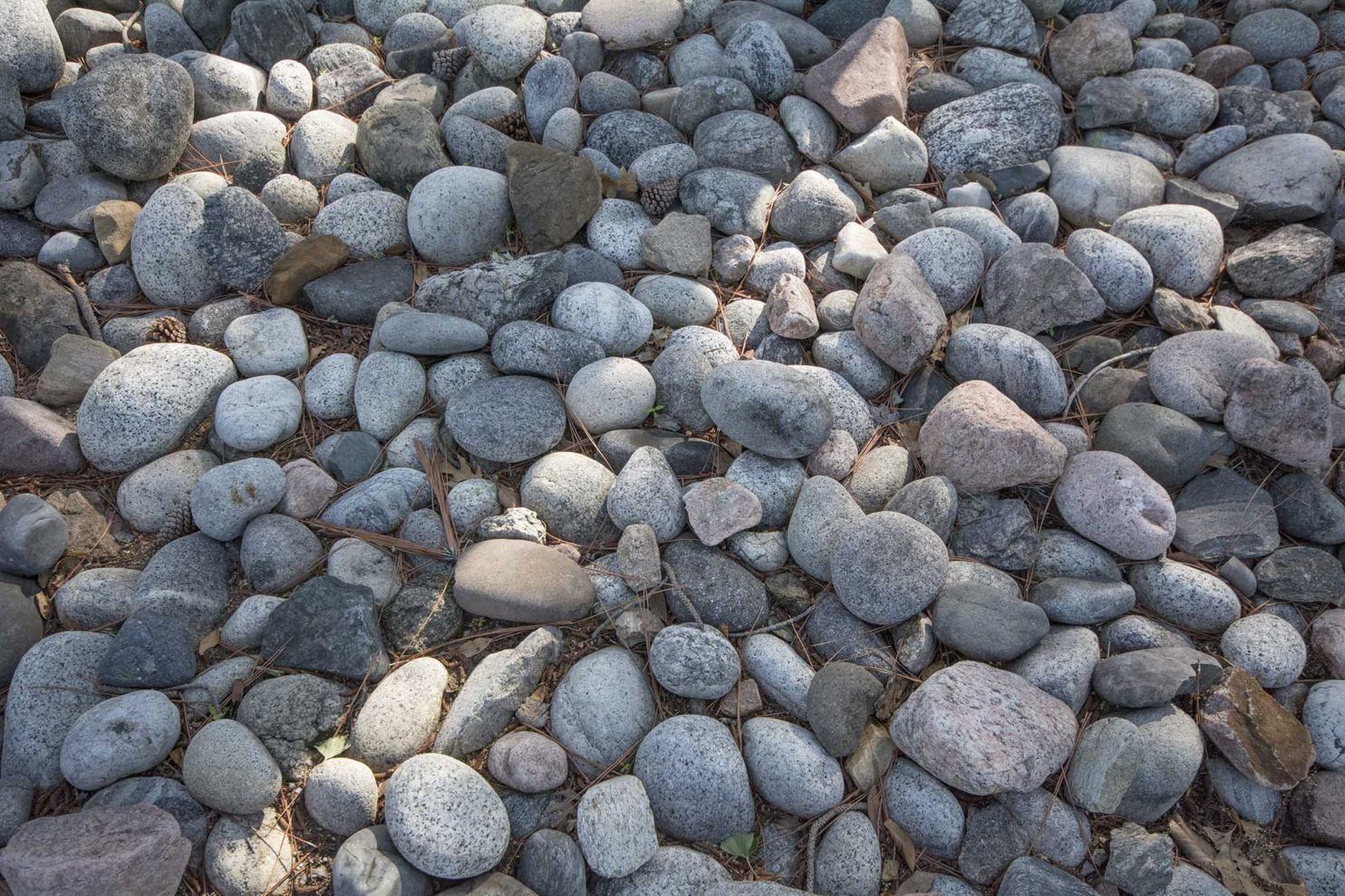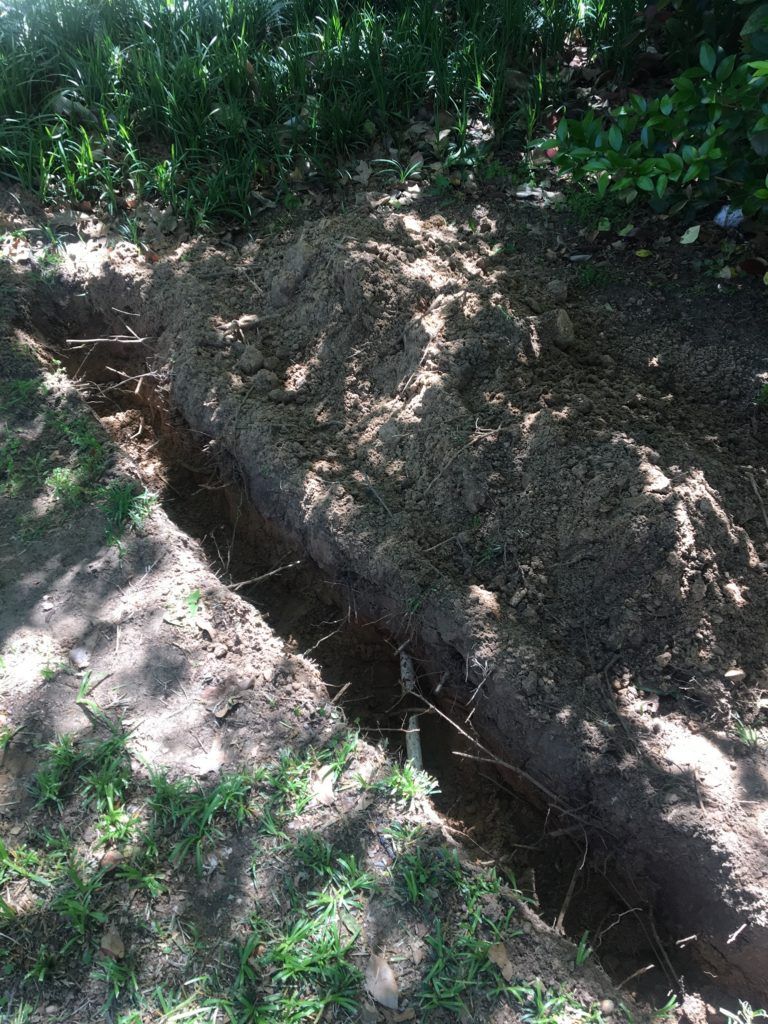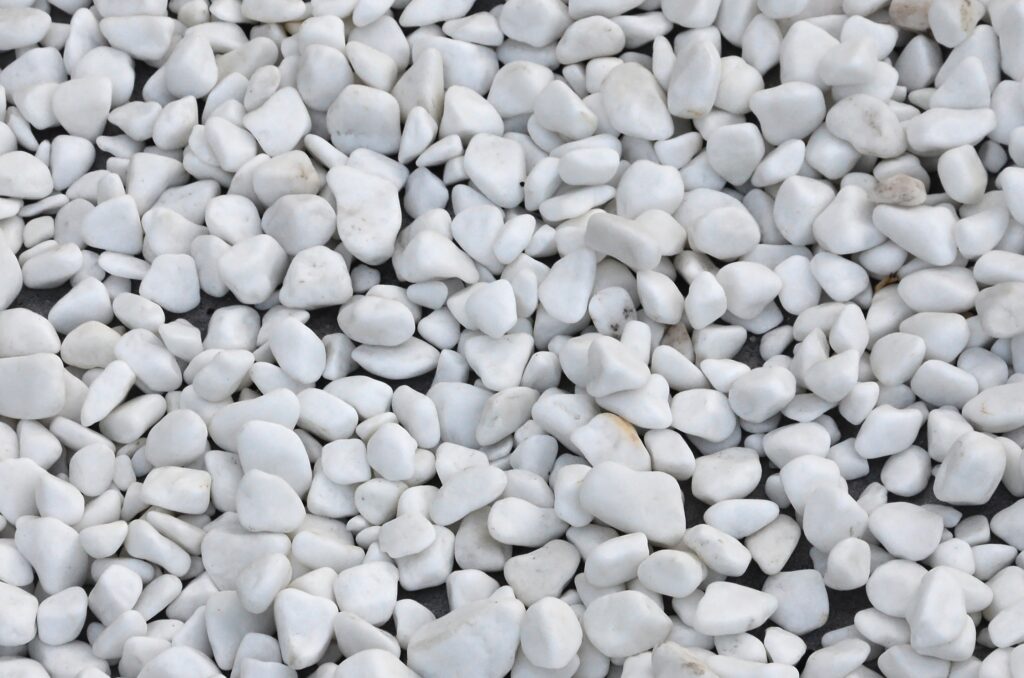Yard drainage issues can compromise the aesthetics and health of your outdoor space, leading to problems like standing water, soil erosion, and structural damage. French drains, surface regrading, and retaining walls effectively combat poor drainage. French drains, in particular, use gravity to divert water through a trench filled with gravel and a perforated pipe, efficiently guiding excess water away from your yard.
Understanding how French drains function and addressing maintenance is crucial to optimizing your drainage system. Learn how French drains work and explore the costs associated with implementing this effective drainage solution, which caters to the specific needs of homeowners in the DFW area.
Table of Contents
Introduction
Understanding the Importance of Proper Yard Drainage
Proper yard drainage is fundamental to maintaining a healthy, visually appealing outdoor space. Inadequate drainage can lead to many problems that affect not just the appearance but also the functionality of your yard. When water accumulates, it can create soggy areas that are unattractive and unusable. Over time, standing water can kill grass, plants, and trees by depriving the roots of oxygen.
Furthermore, water that doesn’t properly drain can undermine the structural integrity of patios, decks, and even your home’s foundation. Erosion can wash away valuable topsoil, and the impact can be especially severe in areas like DFW, where heavy rain can occur. Investing in a sound drainage system like a French drain can protect your property from long-term damage and preserve your home’s outdoor space investment.
The Role of French Drains in Yard Drainage
French drains are pivotal in addressing yard drainage by offering a targeted solution for redirecting water away from problem areas. They are particularly effective in yards with specific spots where water pools or the property’s slope doesn’t naturally allow proper runoff.
How do French drains work? They are built underground and involve a trench filled with gravel and a perforated pipe. This design leverages gravity to channel water from your lawn’s surface and subsurface toward a more suitable exit point, such as a street or a drainage ditch.
By doing so, French drains prevent water from gathering around the foundations of a house or saturating the roots of plants. Homeowners in the DFW area can especially benefit from French drains due to the region’s clay-rich soil, which can hinder natural drainage and exacerbate water-related issues.
How Do French Drains Work?
Basics of French Drain Operation
French drains operate on a simple yet effective principle. The core component is a perforated pipe laid at a downward-sloping angle in a trench, which is then covered with gravel or rock and often topped with soil or sod.
Here’s how French drains work: as excess water accumulates in the yard, it seeps through the gravel and enters the perforated pipe. Once inside, gravity directs the water away from the property through the pipe’s slope. This system prevents water buildup by continuously moving water away from areas it’s not wanted. The gravel not only aids in water filtration but also helps to prevent the pipe from clogging with soil and debris, thereby maintaining the flow. The simple design of French drains makes them a reliable and low-maintenance option for effective yard drainage.
The Science of French Drains: Gravity and Water Flow
The effectiveness of a French drain hinges on the science of gravity and water flow. Gravity is the driving force that propels water through the French drain system. For the system to function, the trench must be dug at a slight slope, typically aiming for a drop of at least 1 inch for every 8 feet in length. This slope ensures gravity can work, pulling the water down the incline.
Water naturally seeks the path of least resistance, and the porous gravel and perforated pipe provide an easy channel away from saturated areas. Water enters the pipe through the small holes spaced out along its length and flows down the gradient. This process harnesses the natural properties of water and the earth’s gravitational pull, resulting in a passive, energy-free drainage solution that’s both efficient and environmentally friendly.
Advantages of French Drains
Protecting Your Lawn and Landscaping
Installing a French drain can significantly protect your lawn and landscaping from the damaging effects of waterlogging. Saturated soil can suffocate the root systems of your lawn and plants, causing them to weaken or die. A properly installed French drain provides a route for excess water to escape, maintaining the right moisture balance in the soil. This helps to ensure that your grass remains green and your plants thrive.
Moreover, the French drain system helps prevent the unsightly problem of puddles that can turn your yard into a muddy mess. Keeping the ground drier keeps your outdoor spaces inviting and functional, no matter the weather. For homeowners who take pride in their exterior spaces, a French drain is a smart investment that safeguards the time, effort, and resources needed to create beautiful, healthy landscaping.
Preventing Foundation Damage: The Role of French Drains
One key benefit of French drains is their role in preventing foundation damage. Water accumulation around a house’s base can lead to significant issues, such as foundation cracks, mold growth, and even structural failure. By diverting water away from the foundation, French drains mitigate these risks. They are especially useful in areas with heavy rainfall or where the house is on a slope, as they help to manage the water flow and pressure against the foundation walls.
This preventative measure protects the structural integrity of your home and can save homeowners from costly repairs in the long run. Additionally, an effective drainage system like a French drain can enhance the value of your property, providing peace of mind and a potential selling point should you choose to move.
French Drains: Installation and Cost
Not a DIY job
While a French drain might seem straightforward, proper installation is crucial to its effectiveness and is not typically recommended as a do-it-yourself project. Professional installation ensures that the trench is dug to the correct depth and slope, the right type of gravel and pipe is used, and the system is properly located to avoid potential damage to underground utilities.
Professionals also have the expertise to navigate your property’s unique challenges, such as varying soil types or complex landscaping. Additionally, local building codes may regulate the installation of drainage systems, which professionals are equipped to handle. Attempting to install a French drain without the necessary experience can lead to a system that fails to solve your drainage problems or even exacerbates them, potentially leading to greater expense in the long term.
Evaluating Cost Factors for French Drain Installation
The cost of installing a French drain can vary widely depending on several factors. First, the drain’s size and length will significantly impact the price, as larger projects will require more materials and labor. The soil type in your yard can also affect costs; denser soils or those with a high clay content may require more intensive labor to excavate.
In addition, if the drain needs to navigate around obstacles like trees, gardens, or existing structures, the installation will be more complex and cost more. Accessibility to the site and the need for specialized equipment can further influence the final price. It’s important to get a detailed estimate from a professional who can assess the specifics of your property to give you an accurate cost assessment for your French drain installation.
Maintenance of French Drains
Understanding Common French Drainage Issues and Solutions
Although French drains are low-maintenance, they are not entirely free of potential issues. Over time, the system can become clogged with silt, roots, or debris. When this happens, water may pool again in areas the drain was meant to protect. Regular inspections can help identify problems early before they escalate. Flushing the system with water can sometimes clear the obstruction if a blockage is detected. Professional cleaning with specialized equipment may be necessary for more stubborn clogs.
Additionally, ensuring that the area around the drain inlet is clear of leaves and debris can prevent blockages from forming. In some cases, installing a filter fabric around the pipe can help keep the system clear by preventing soil from entering the gravel layer. Proper installation and occasional light maintenance can keep your French drain functioning effectively for many years.
Factors Leading to French Drain Problems
Several factors can contribute to problems with a French drain system. Inadequate slope or improper installation can prevent water from flowing correctly, leading to stagnation within the pipe. The soil type and sediment can also cause issues; fine particles can enter the pipe through the perforations and accumulate over time, leading to clogs. Root intrusion from nearby trees or shrubs is another common culprit, as roots are naturally drawn to the water within the drain and can grow into and block the pipe. The trench collapse due to heavy weight or pressure from above, such as from vehicles or construction, can damage the pipe and disrupt the water flow. Regular monitoring and addressing these factors early on can help to ensure that your French drain remains a reliable part of your landscape drainage system.
How to Clean a French Drain: DIY or Call an Expert?
Cleaning a French drain can be manageable for homeowners, particularly if the system is regularly maintained and the blockage is minor. Simple maintenance tasks like removing debris from the drain’s opening and flushing the system with a hose can be effective DIY measures. For more substantial clogs, a plumber’s snake can dislodge blockages.
However, if these efforts don’t restore proper drainage or the problem recurs frequently, it may be time to call in an expert. Professionals can thoroughly clean using high-pressure water jetting equipment to remove stubborn obstructions and sediment buildup. They can also conduct a camera inspection to diagnose the state of the pipe and pinpoint specific issues. Deciding whether to tackle the cleaning yourself or hire a professional depends on the severity of the problem and your comfort level with home maintenance tasks.
The Value of French Drains
In conclusion, the benefits of French drains are multi-faceted, making them a worthwhile solution to many common yard drainage problems. By diverting excess water away from critical areas of your property, they protect your home’s foundation, preserve the health of your lawn and plantings, and help to maintain the beauty and usability of your outdoor spaces. Though installing French drains involves an upfront investment and may require occasional maintenance, the cost typically pales compared to the potential damage caused by unaddressed water drainage issues. From safeguarding the health of your yard to preventing costly structural repairs, French drains deliver invaluable peace of mind for homeowners.



